The Ultimate CEO Guide To Leveraging A CRM Project To Increase Revenue

Since the introduction of CRM systems, clarity about their primary purpose has been lacking, and CRM project implementation failure rates have been disturbingly high. While one would expect that the clarity of purpose would increase and the failure rate would fall off as the products and the market matured, as of today, too many CRM projects continue to pursue the wrong priorities and fail for unnecessary reasons. This article tackles three key questions any B2B CEO should ask. Is a CRM project appropriate for us, and, in case, how will it help us increase revenue? What are common mistakes we should avoid? How should we organize execution for success?
There are several views regarding how to measure the success or failure of a CRM project. We believe that the main reason to launch a CRM project should be to increase revenue through improvement in the sales process.
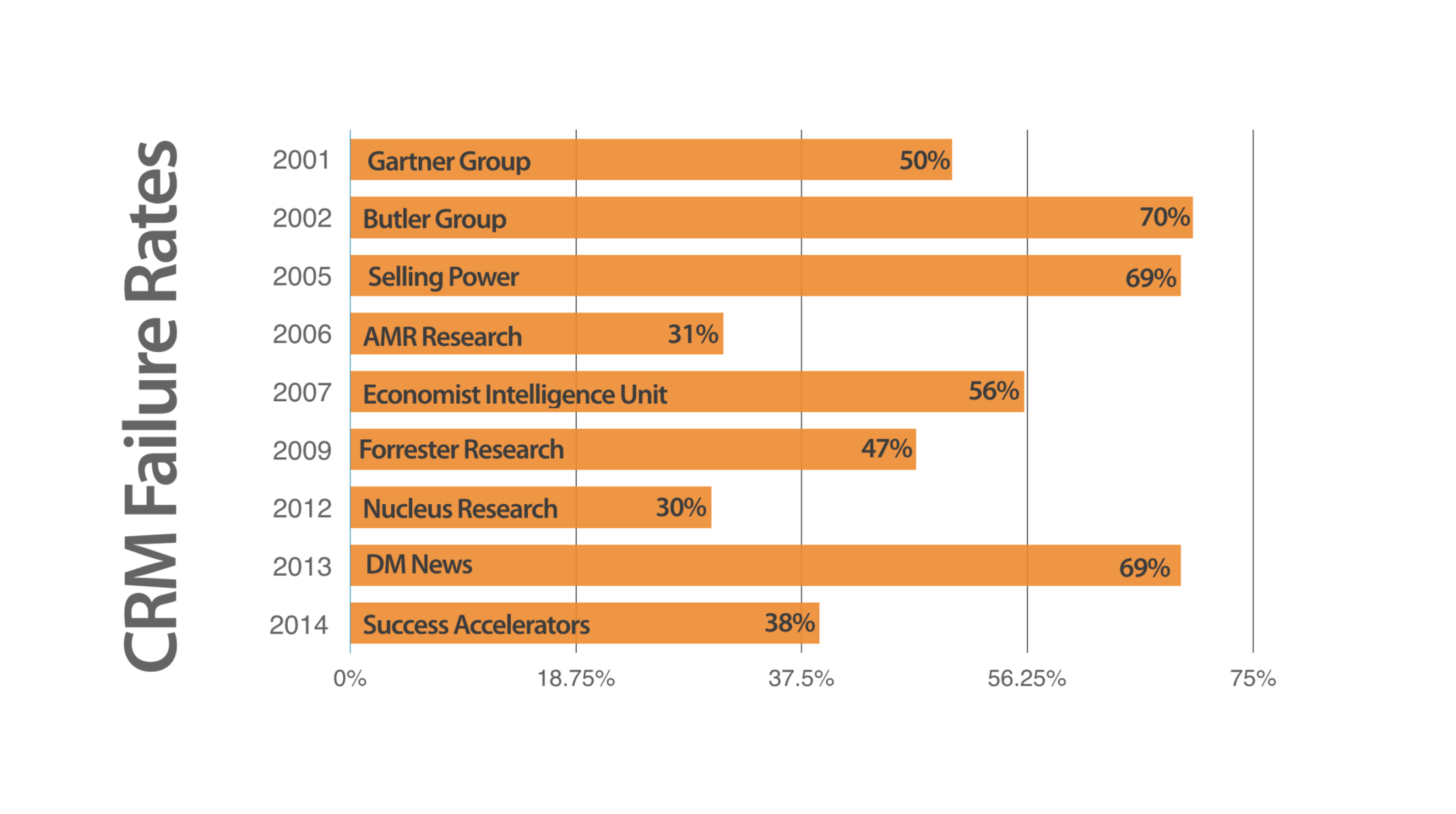
According to Gartner, 70% of business leaders recognize that digital technologies as integral to revenue achievement, yet most are not well prepared.
This article is for you if:
- You want to understand if a CRM project could help your company increase revenue.
- You're looking at how to best learn from other companies' experience and avoid common mistakes.
- You're considering how best to organize the execution of a new CRM project or how to revamp a struggling existing project.
After reading this article, you'll walk away with a better understanding of:
- How to use a CRM project to drive an acceleration in revenue growth through improvement in the sales process.
- How to identify project proposals that are most likely going to result in over-budgets, poor internal adoption, and data integrity issues.
- How to execute projects that will drive improvement in the sales process, greater satisfaction among sales professionals, and better collaboration and accountability between marketing and sales.
Setting appropriate goals
The first and most important consideration is that a successful CRM project's primary goal is to help increase revenue through improvement in the sales process.
Other important benefits will also accrue when the primary objective is achieved, such as providing sales leaders better visibility into sales activities and opportunities, increasing sales forecasts' accuracy, improving the customer experience, and fostering better collaboration between marketing and sales teams.
Yet, too many times, we see companies set goals that have the wrong priorities, are too broad in scope or ill-advised and are very difficult to measure. Turning the company into a customer-centric organization, creating a 360-degree view of the customer, and promoting greater collaboration across all departments are all-important company's objectives, but poor choices for a CRM project's primary goal.
The second perhaps obvious but important consideration is that not all companies are good candidates for a CRM project. In fact, there are several industries where the addressable market has at most a couple of hundred very large customers or less, and therefore improving the sales process won't be a significant factor in increasing revenue.
The third and most important point is that when the goal is shifted from "we want to deploy a new CRM system" to "we want to accelerate revenue growth through improvement in the sales process", just focusing on deploying a new CRM software will not be enough.
Primarily, CRM software can help companies improve the process used to manage sales opportunities and, therefore, those opportunities' conversion rate into actual sales (i.e., the bottom of the sales funnel). However, often, a much greater upside exists in increasing the volume of new qualified leads and opportunities generated in each period (i.e., the top of the sales funnel).
Although potential improvements at the bottom of the sales funnel typically range between 10% to 25%, in our experience potential improvements at the top of the sales funnel are much greater and often range between 50% to 200%.
CEOs who want to accelerate revenue growth through improvement in the sales process, therefore, should avoid focusing on just a new CRM software and instead broaden the project scope to also include the adoption of sales intelligence and sales engagement platforms, and a better integration of marketing data and efforts with sales activities.
The deployment of CRM software will help improve the process used to manage sales opportunities and increase those opportunities' conversion rate into actual sales.
The adoption of sales intelligence and sales engagement platforms will help improve the volumes of new qualified leads and opportunities generated in each period.
A better integration of marketing data and efforts with sales activities will help improve the marketing ROI and focus the marketing team on the only metrics that really matter: the volume of new opportunities generated, the conversion rate of those opportunities into actual sales, and the customer lifetime value growth rate.
Organizing execution for success and avoiding common mistakes
CEOs, private equity partners, and senior sales executives need to reject project proposals afflicted by some very common mistakes that will most likely result in a poor internal adoption that may generate data integrity issues and therefore, most of the time, end in an over-budget. Instead, the senior executive’s goal is to identify and endorse those best practices that are in a quest for a solid increase in revenue through a maniacal improvement of a digital sales process.
Doing a google search for "why CRM projects fail" while writing this article, I got 1.8 million results in 0.47 seconds! Here, I have summarized our learnings about leading sales teams, working with clients to increase revenue, and using CRM software and other digital technologies in six short action-oriented sections.
Start from the lead generation process
CRM software and, therefore, CRM projects are usually designed to help improve two processes: leads qualification and opportunities management. Lead generation, however, is considered a process outside the CRM system.
When the sales team managing existing customers is composed of experienced sales professionals and the number of new leads generated in any given period is minimal, a common situation at many middle-market portfolio companies, making the case of how the introduction of a CRM software is going to help the business increase revenue through improvement in the sales process might be difficult to make.
The real problem that many middle-market portfolio companies want to solve is how to generate more qualified leads and opportunities to accelerate the acquisition of new customers. For that, the CRM software by itself will not be sufficient. This is why in many situations, a better approach is to focus on the lead and opportunity generation process integrating a CRM software with:
- A sales intelligence tool, to identify new prospect accounts and contacts matching the ideal customer profile.
- A sales engagement software to manage outbound multi-channel prospecting campaigns to reach out and engage those prospects (a detailed discussion of how to do this can be found here).
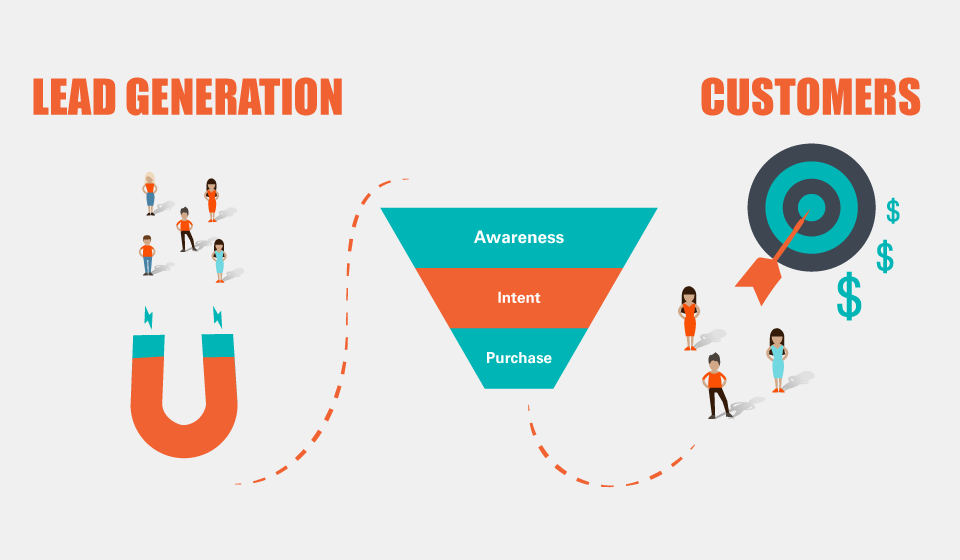
Initially, the CRM software will help the younger sales development reps manage the qualification and nurturing process for the new leads generated by the outbound prospecting campaigns, and the more senior account executives will use it to keep track of sales opportunities with potential new customers.
As senior sales professionals will start appreciating the value of using the CRM software not only as a tool to organize and track their activities, but as a way to gain deeper insights into the relationship between activities and outcomes, they will gradually extend its usage to manage their business with existing customers generating new insights on how to increase revenue, improving the accuracy of their sales forecasts, and enhancing the overall productivity and performance of the entire sales team.
Invest in sales policies and processes
A common mistake in CRM projects is to invest an insufficient amount of time defining the sales policies and processes that will ensure the integrity of the information entered into the CRM software and, therefore, the sales team's productivity and the quality of the reports generated by the application to provide management with insights regarding the sales process and opportunities to increase revenue.

Policies are important to ensure the integrity of volume metrics like, for example, the leads and customers tracked by the CRM software or the number of open sales opportunities. For contact information, for example, the sales team will have to define a clear policy defining how to classify individuals (i.e., prospect, lead, qualified lead, active customer, dormant customer, etc.) and the rules determining who and when should create a new contact, move a contact to a different status, or archive a contact (i.e., all leads and prospects that have been unresponsive for more than 12 months should be archived). Similarly, the conditions required to open a new sales opportunity will have to be clearly articulated.
Unfortunately, many companies skip this important step and very quickly end up in a situation where their leading-edge CRM software is just a repository of very unreliable and useless information. Their list of leads, for example, includes individuals who match the ideal customer profile and have engaged with the company within the last 60 days and individuals who do not match its ideal customer profile and haven't engaged in more than 2 years. Similarly, their list of open sales opportunities includes a bunch of disparate cases with situations where a sales rep simply heard that a company might be in the market to shop for a product category offered by the company, and situations in which a customer's buyer has actually invited an account executive to submit a proposal.
Processes are important to ensure the integrity of time and conversion metrics, like the average time taken to process a new opportunity and the conversion rate of new opportunities into actual sales. Most CRM software refers to sales processes as pipelines or workflows composed of multiple stages. To start with, a company will typically need to define two pipelines or workflows. One workflow, usually managed by sales development reps (SDRs), to qualify and nurture new leads until they are ready to discuss a new sales opportunity. And another workflow, usually managed by account executives (AEs), to manage and close new sales opportunities. A more advanced company might have multiple pipelines used, for example, to manage leads based on their source or to manage sales opportunities based on the industry or size of the potential customer.
When defining their custom sales processes, sales teams should focus on the stages required to manage the workflow, the key activities to be completed at each stage, and set recommended times to complete those activities. For example, a simple workflow to manage sales opportunities might:
- Define four key stages (i.e., Opportunity Accepted, Needs Identified, Proposal Sent, and Negotiation Started).
- Outline the key activities to be completed at each stage before moving an opportunity to the next stage (i.e., for the Opportunity Accepted stage, identify decision-makers, confirm budget and timeframe, and agree on the value that the proposed product or service will create).
- Specify the recommended times an open opportunity should stay in each stage (i.e., consider closing an opportunity that has been in the first stage for more than 30 days).
Defining custom stages will allow the CRM software to automatically create sales metrics indicating the critical steps in the sales process (i.e., where most of the opportunities are lost and the reasons why), outlining the key activities at each stage will allow the younger members of the sales team to have better clarity on what needs to be done and achieve greater consistency, and setting recommended completion times for each stage will ensure that sales professionals will not waste too much time on opportunities with a very low probability of succeeding.
Company that neglect spending the required time to define sales policies and processes specific to their business will not be able to leverage the investment made in the CRM software to increase revenue through a data-driven improvement in the sales process, generate more accurate sales forecasts, and improve the productivity and performance of their less experienced sales professionals.
Focus the sales team efforts using the right metrics
By nature, most human beings resist change, and most sales professionals resist efforts to increase sales quotas and targets.
To facilitate a CRM project's success is often very important to ensure that the initial discussions and efforts are focused on identifying opportunities to improve processes and activities and not on estimating and agreeing on the size of the resulting revenue increase.
If the strategy is right, an improvement in the sales process will increase revenue. The best way to figure out how big the revenue increase will be is to implement the sales process's improvements and reduce the time spent in endless forecasting meeting.
Therefore, focusing the sales team on the right metrics will be crucial, and how the CRM reporting system is designed will have a big impact.
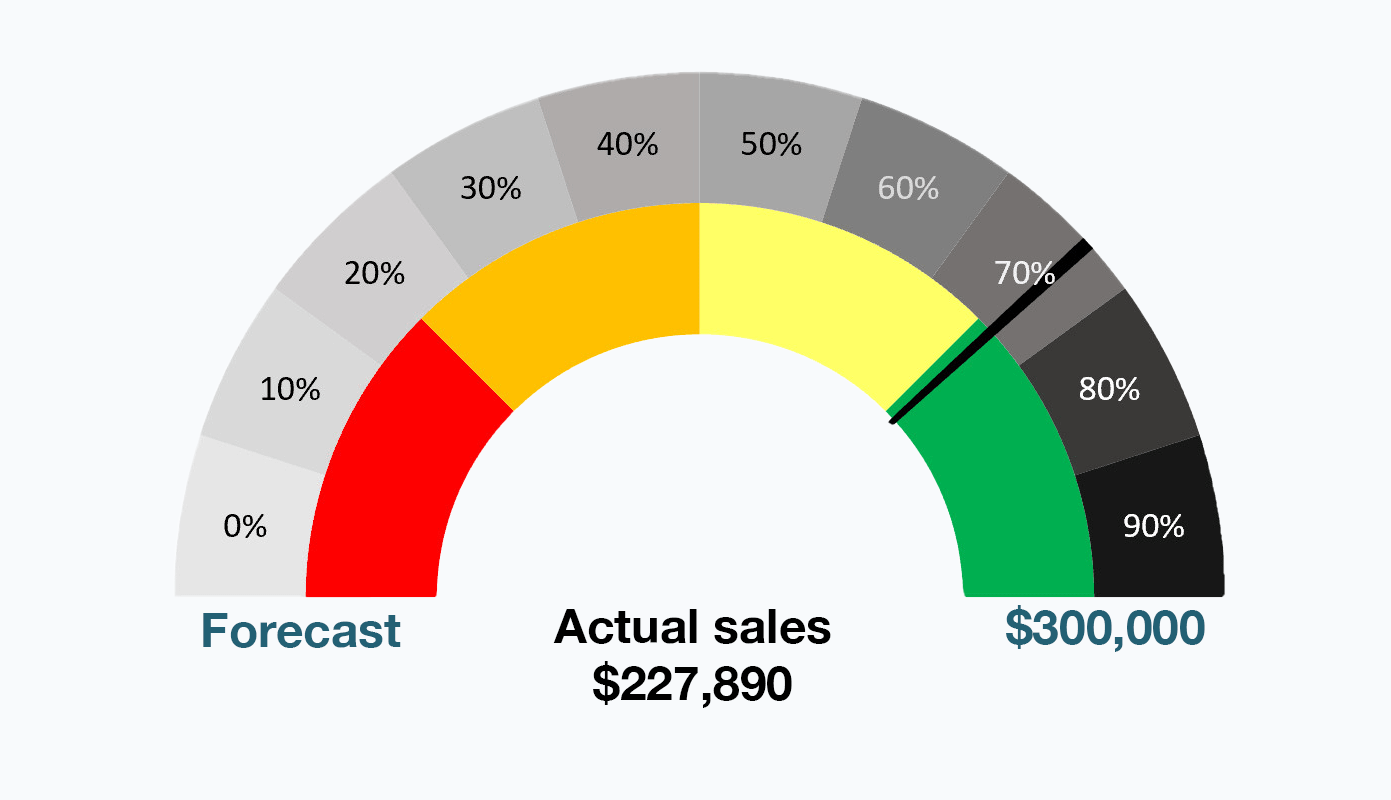
Sales gauges measuring actual sales progress relative to forecast or target are very popular in CRM reporting systems. So are other financial reports outlining the distribution of revenue by geography, product category, or customer. In our experience, however, focusing the initial attention on financial metrics only is a mistake.
CRM software's major contribution is to help sales teams learn from their experience through an understanding of historical sales process metrics: volume metrics, time metrics, and conversion rate metrics (for a detailed description of a sales metrics data model, see this previous article).
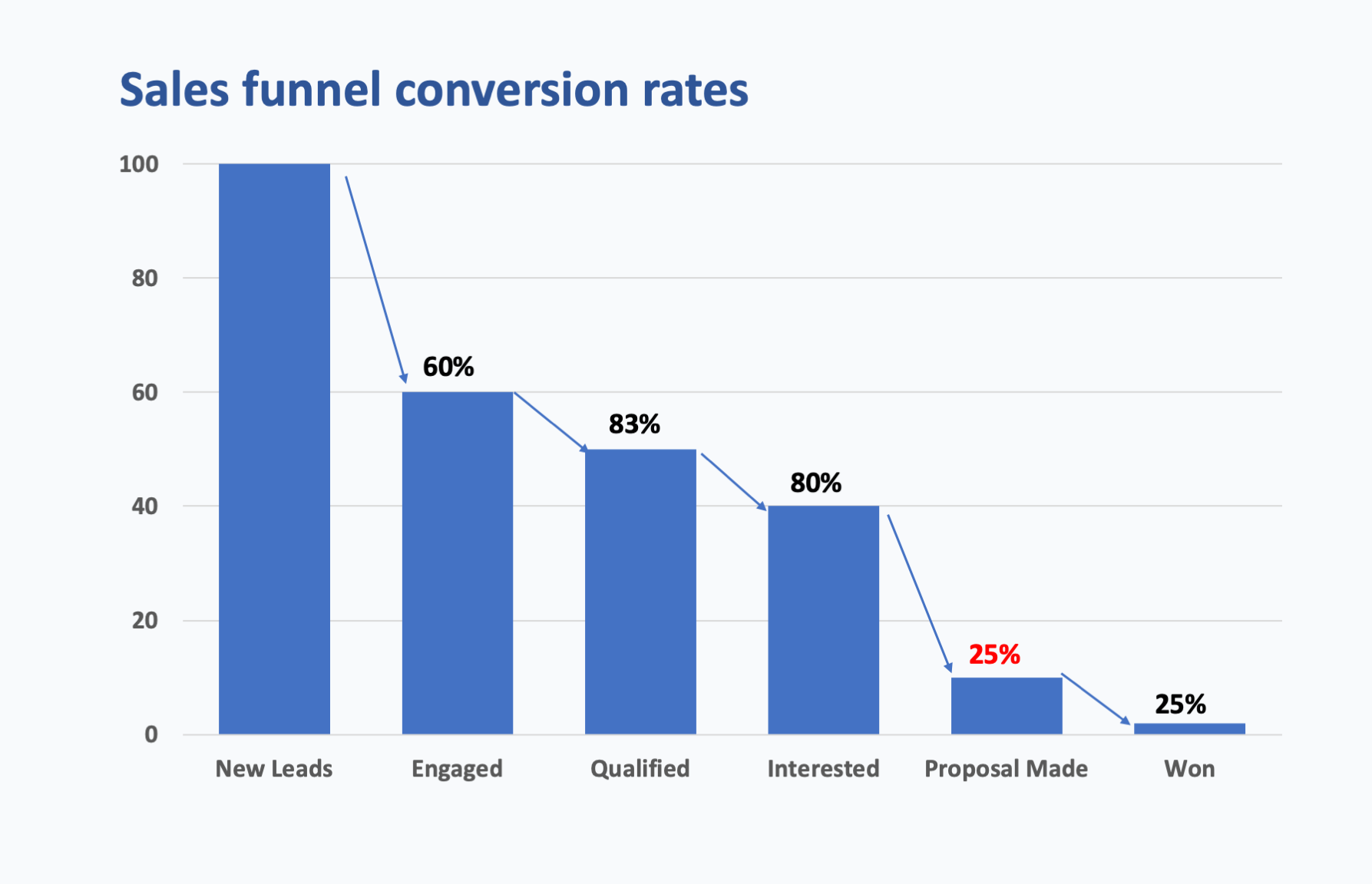
With regard to setting metrics for the sales team, the following are proven best practices:
- Ensure the CRM reporting includes a full set of sales process metrics to help identify improvement opportunities and track progress.
- Use the sale process metrics to provide coaching and encourage learning.
- Be patient: improving the sales process takes time, but the results are usually very valuable.
Integrate your marketing efforts and sales activities
In a perfect world, marketing and sales would be close friends. In most businesses, they're not enemies but they also aren't the best of buds. In one corner of the room, the marketing team works on the newest and best inbound strategies to generate leads. In another corner of the room, the sales team makes phone calls and follows up with emails, desperately working to reach out to new prospects and turn leads into sales. Unfortunately, the two corners of the room rarely talk.
When the goal is to increase revenue, the separation and lack of real collaboration between marketing and sales is really detrimental. The ideal situation is when marketing data and efforts and sales activities are integrated and synchronized, not only for the lead generation process but along the entire sales funnel.
The following best practices can help achieve better revenue results and improve marketing ROI:
- Integrate the sales and marketing data. For example, both teams should share a single database regarding leads and customers or use separate databases synchronized automatically.
- Ensure the company uses both inbound and outbound efforts to generate new leads and opportunities with new customers.
- Have the marketing and sales teams work together to identify the main concerns and objections expressed by potential customers, and have marketing develop compelling content to help overcome those customers' concerns and objections (i.e., case studies, customer testimonials, videos, emails, website landing pages, etc.).
- Leverage marketing automation to deliver content to leads and customers. Marketing automation uses technology and user-led triggers to send the right message to the right user at the right time.
- Unlock marketing data to enrich lead and customer profiles in the CRM software to help sales professionals assess engagement and structure better conversations (i.e., information about emails opened, links clicked, website pages visited, case studies downloaded, etc.).
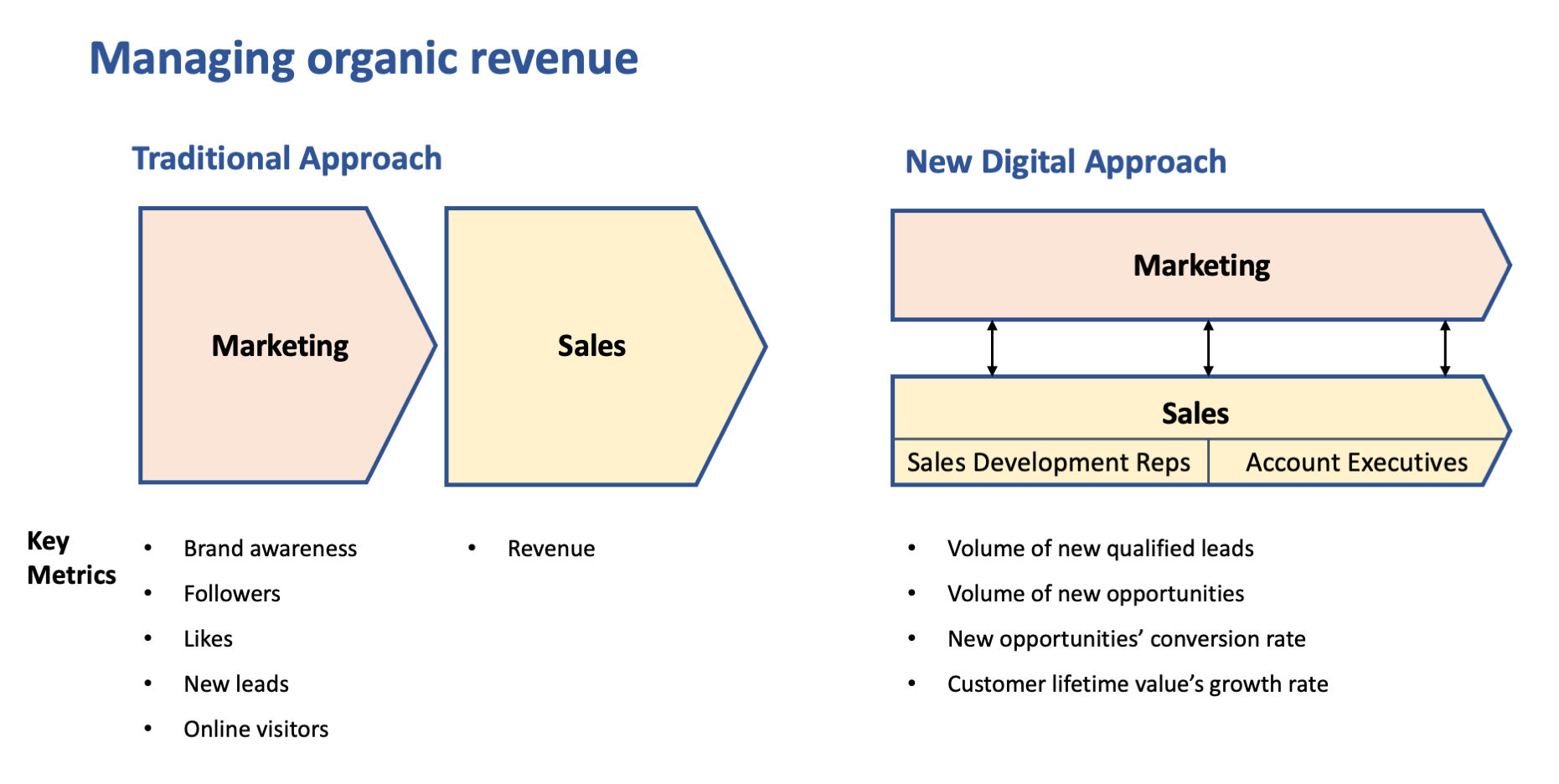
Select a CRM software that is a goof fit
The CRM software market is large and mature, with 2021 estimated global revenues of about $43 billion (source: Statista) and many available products. For example, Zapier, a popular tool used for workflow automation, currently can be integrated with about 514 CRM applications.
Some CRM applications are very simple, offering a few basic functionalities that an expert user can easily configure and manage. Others are very complex, offering many advanced functionalities suited for large global enterprises, and typically require a dedicated system administrator for configuration and ongoing support.
A common mistake is selecting a CRM software based on the strength of the vendor brand or the lowest implementation cost, only to discover at a later stage that the application is too complex to use or lacks some essential functionalities.
For middle-market companies, the best choice is to select a software that meets their business requirements and is also easy to use and administer. Typically, a solution that will be a good fit will meet the following requirements:
- A level of complexity adequate for the business (i.e., at least about 75% of the software's functionalities will be required by the business).
- An open API data model (i.e., the data managed by the software can be accessed programmatically by other systems used by the business).
- An intuitive and easy-to-use user interface that is well received by the sales team using the software application.
- An easy integration with other systems used by the business (i.e., ERP, etc.)
- A set of core functionalities required to drive adoption and improvement in the sales process:
- The ability to define and manage custom sales pipelines (i.e., multiple sales workflows with custom stages),
- The ability to define and manage custom activities (i.e., tasks, meetings, regular calls, discovery calls, quotes preparation, etc.),
- Integration with the email and calendar applications used by the business,
- A workflow automation functionality to automate repetitive tasks like updating contact information when certain conditions are met or automatically creating activities that need to be done when opportunities are moved to a particular stage in a sales pipeline,
- A flexible reporting system to set goals and track actual results for both financial and process sales metrics (i.e., volume metrics like the number of qualified leads and customers, duration metrics like the average time required to move a sales opportunity from one stage in a sales pipeline to the next, and conversion rate metrics as the percentage of qualified leads relative to the total number of new leads or the number of won deals relative to the total number of new sales opportunities).
Minimize manual data entry requirements
According to a survey published by HubSpot, a leading CRM vendor, over 20% of sales professionals polled cited manual data entry as their top CRM software challenge. Other issues included lack of integration with other tools and invalid/incorrect data. According to the report, the more manual data entry involved, the less satisfied sales professionals will be with their CRM system.
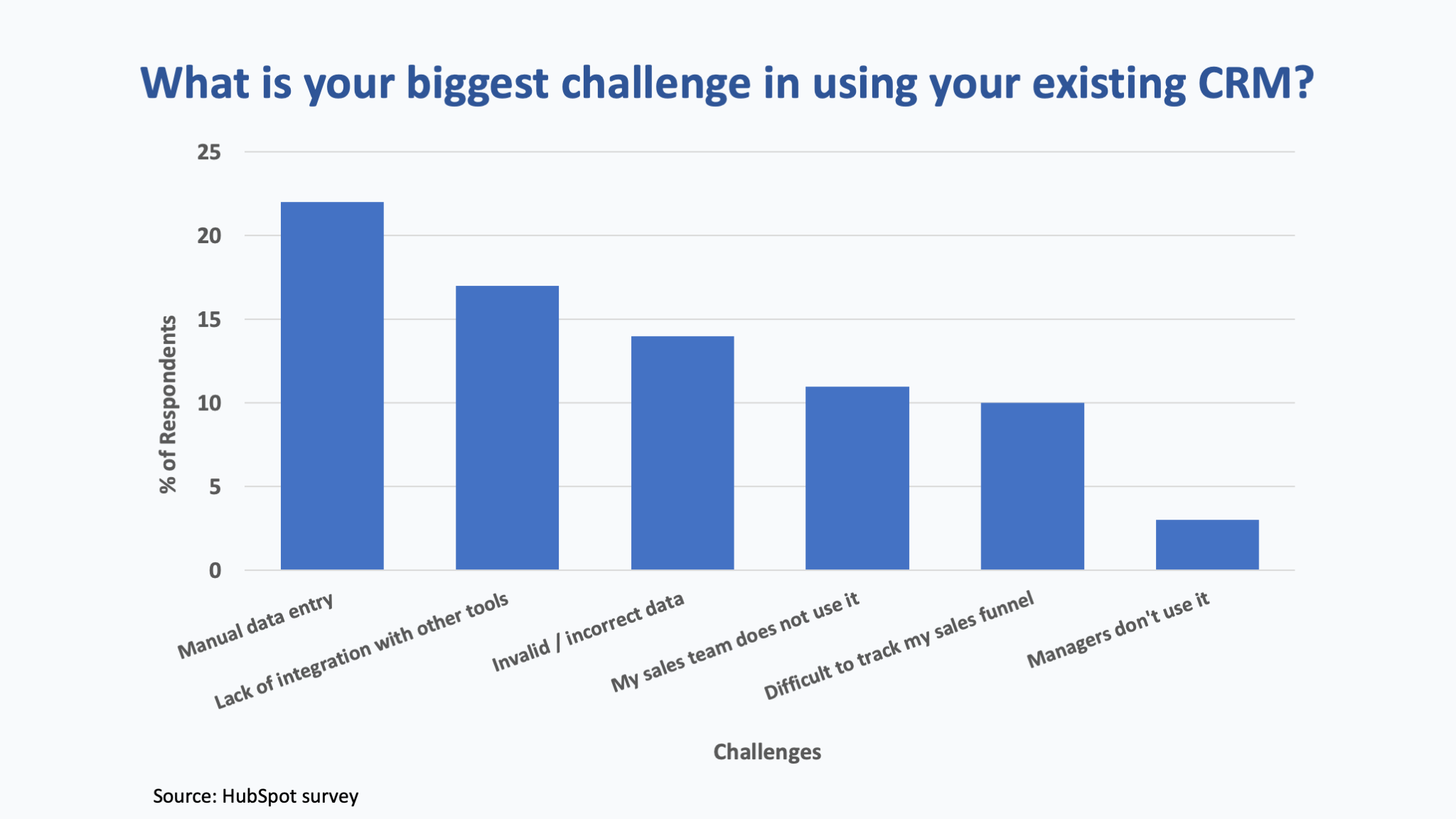
Practitioners and executives alike prefer time spent selling to time spent on manual tasks that software should help avoid - particularly after a resource-heavy purchase and integration. When a poorly designed CRM implementation requires sales professionals to spent too much time manually entering information, the inevitable result is either a lack of adoption or a decline in productivity and revenue.
Two main reasons usually cause this problem:
- An excessive emphasis on inspection at the expense of an obsessive focus on increasing revenue through learning and coaching.
- A bias toward minimizing the CRM implementation cost, without a proper evaluation of the impact on its total cost of ownership.
Typically, a poor CRM implementation will require sales professionals to enter extensive profile information regarding people and organizations manually, log every interaction with leads and customers (i.e., calls, meetings, lunches, etc.), compose extensive free-form notes to document the content of their discussions with leads and customers and create emails' body and activity reminders manually.
A good CRM implementation, on the other hand, will minimize the time spent by sales professionals on administrative manual tasks and adopt several best practices, including the followings:
- Using sales intelligence and contact enrichment tools to automate entering people and organization's profiles into the CRM systems.
- Leveraging personalized email and call templates to standardize and speed up communications.
- Creating workflow automation to update profile information and create activity reminders whenever a deal is moved from one stage to the next in a sales pipeline.
- Limiting mandatory tracking of activities to a few key events (i.e., discovery call, proposal sent, etc.).
- Discoraging detailed free-form notes unless considered useful by the sales professionals themselves.
- Automatically synchronizing sales professionals' email and calendar applications with the CRM system.
Augeo Partners is a group of senior leaders with a passion and significant track record in driving organic growth and operational productivity through strategy, change management, and digital technologies, dedicated to partnering with middle-market PE firms and portfolio companies to accelerate organic growth and value creation. The time to leverage digital technologies and best practices to accelerate organic revenue growth is now, and Augeo Partners can help.